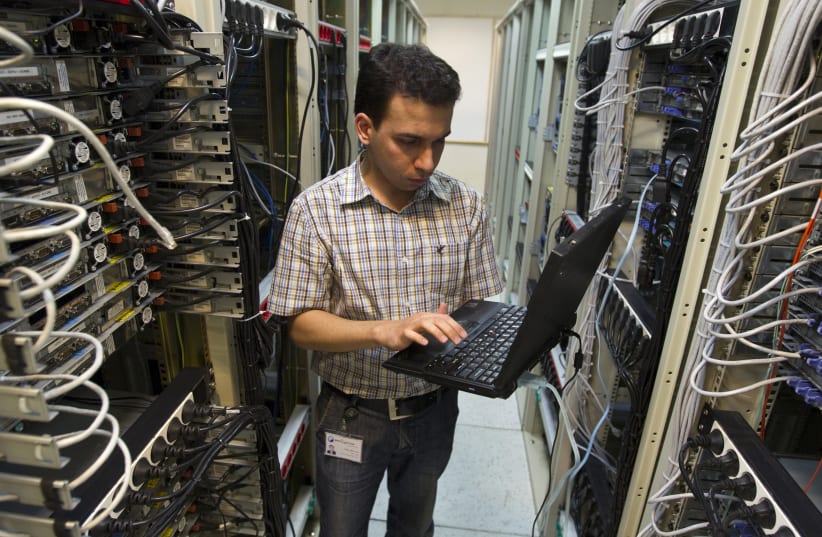The suspects behind the attack were “tracked” and the victims of the attack have been identified, according to Jahromi.Earlier, he announced another large-scale cyberattack organized by a foreign state had been thwarted by the country’s “security shield."In a third cyberattack, the banking details of approximately 15 million Iranians were published on the Telegram messaging platform.Jahromi claimed the Islamic Republic’s national cybersecurity wall – known as Digital Fortress, or Dezhfa – has helped thwart 33 million cyberattacks against the country in the past year, according to Fars.Iran is currently in the process of developing a national intranet system, known as the National Information Network (NIN), in order to cut the country’s dependency on international cyberspace, according to Radio Farda. The network will also prevent Virtual Private Networks (VPNs) from helping Iranians bypass the Islamic Republic’s censorship of the Internet, as data requests will not be routed outside the country.The plan was first announced in 2010 with an expected completion date in 2015. In May, the Supreme Council of the Cultural Revolution announced the NIN is 80% complete.“All domestic activities, services, applications [and] various types of contents... are included in the national Internet,” said Communications and Information Technology Minister Mahmoud Vaezi at the inauguration event in 2016, according to the BBC.Iran has already blocked access to tens of thousands of sites, including Twitter and Facebook, although many users use VPNs and proxy sites to bypass the filter.On Wednesday, Iranian President Hassan Rouhani promised the NIN would be strengthened so “people will not need foreign [networks] to meet their needs.”The announcement came soon after the government temporarily shut down Internet access throughout the country during anti-government protests, sparking fears among Iranians they could soon be cut off from accessing the outside world through the Internet.The intranet would allow the government to decide what content can be accessed by users, removing the need for absolute shutdowns like the one imposed during the protests.Some Iranian newspapers warned the government against imposing such a decision on citizens, as things could easily spark out of control as they did after gasoline prices were raised in a sudden decision by the nation’s leadership, according to the People’s Mojahedin Organization of Iran, an Iranian militant opposition group.A state-run daily newspaper called the announcement a “threatening message to the people,” while another daily asked, “will the people and the private sector tolerate the Internet shutdown?”Alex Winston contributed to this report.Confirmed: Major internet disruption registered in #Iran from 7:30 a.m. UTC (11:00 a.m. local time); real-time network data show national connectivity levels below 50%; incident ongoing https://t.co/rpQRmmUsot pic.twitter.com/oEflBKud84
— NetBlocks.org (@netblocks) December 19, 2019
Major internet outage in Iran – report
Last week, Iran announced that it was investigating a foreign spying malware attack on government servers in the third cyberattack reported in the Islamic Republic within a week.
